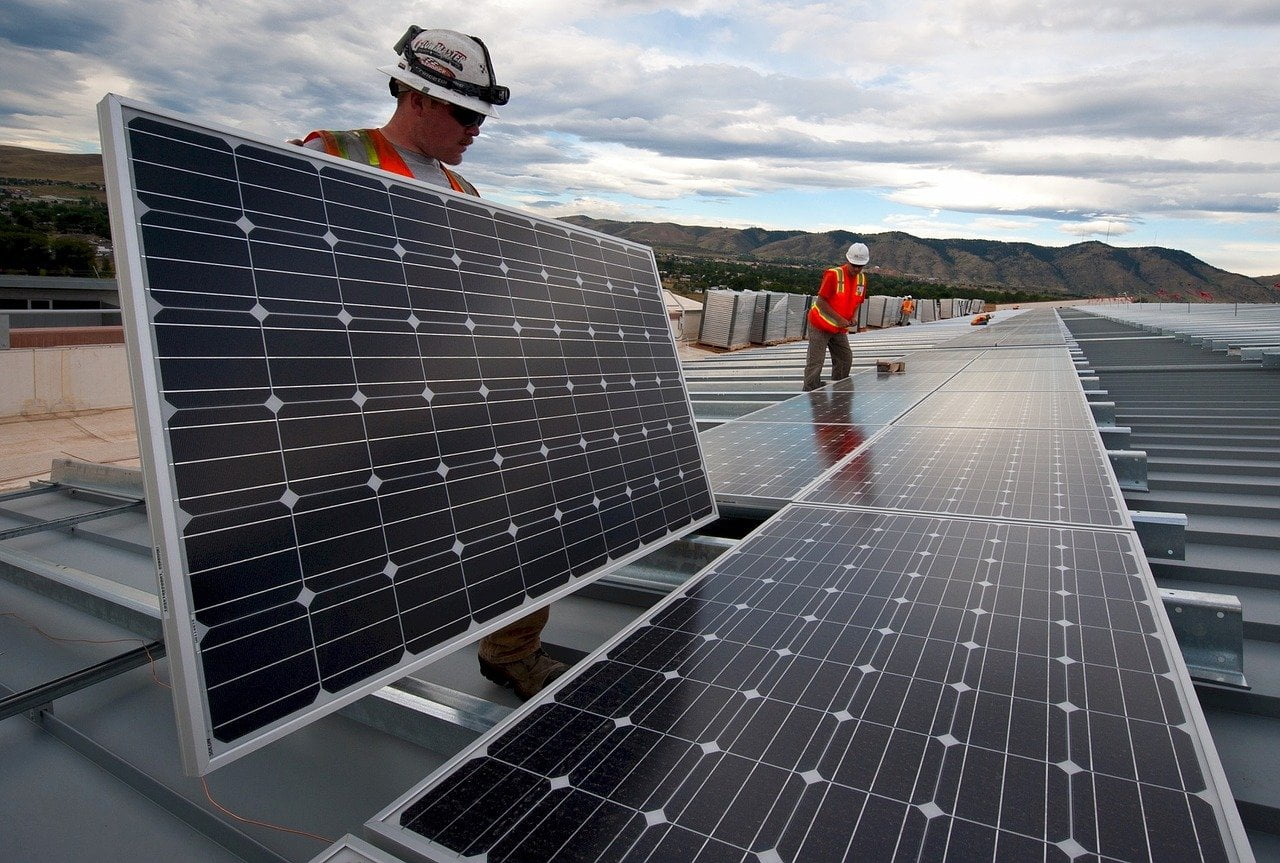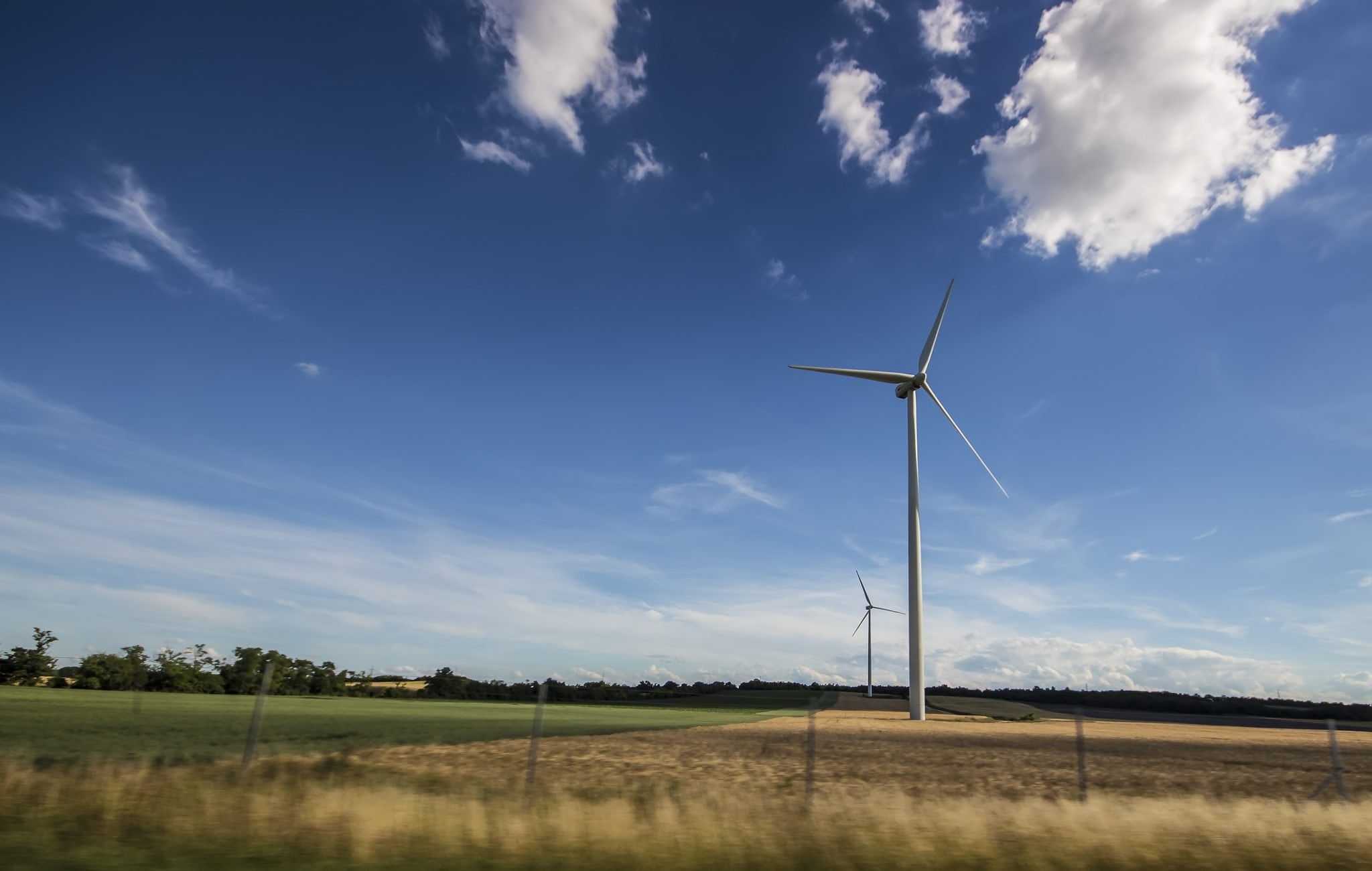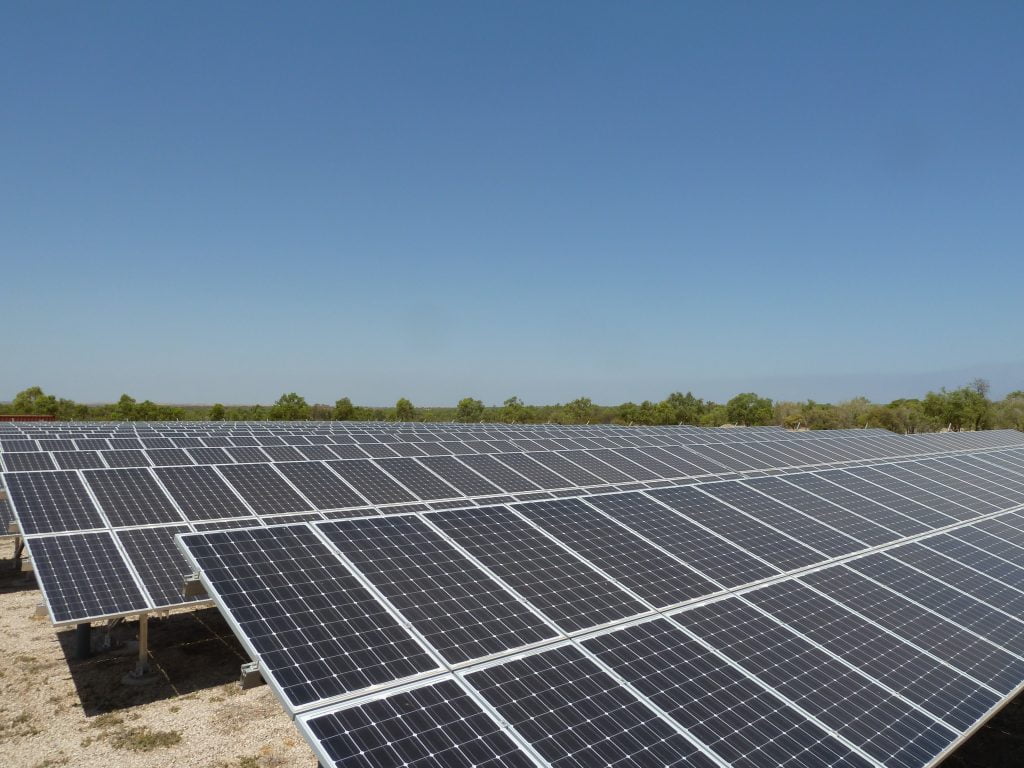Australia’s investment in renewable energy generation skyrocketed by 147 percent in 2017 to $8.5 billion and based on these rates, coal power stations could be replaced in the next 20 years.
The figures were released in a United Nations report and Australia was classified as a star performer, although China is leading the charge with an investment of more than $126 billion, or around 45 percent of the total global renewable energy budget.
A total of 157 Gigawatts of power came from renewable energy generation around the world in 2017.
Global spending on solar was higher than any other energy source in 2017, with the 98 gigawatts of new solar capacity being higher than all other technologies, including other renewables, nuclear and fossil fuels.

The report found that in Australia’s case high electricity prices and a rush to fill capacity under the Large Scale Renewable Energy Target by 2020 were big contributing factors.
Investment in solar increased by 189% to $4.9 billion while investment in wind projects increased by 109% to $3.6 billion.
In 2017, a total of 6 Gigawatts of solar energy generation were installed in Australia, including residential rooftop solar and commercial farms.
The figures are impressive, but the key is to now see whether the numbers can be sustained. Australian National University’s Energy Change Institute Director Ken Baldwin believes Australia’s transition to renewable energy generation still has some way to go.
He told ABC News: “What will be interesting to see is whether this can be maintained,” Professor Baldwin said.
“There was 6 gigawatts of solar, both residential and commercial installed in [Australia] in 2017.
“If that keeps going, that’s a huge number and combined with wind that will be more than sufficient to replace the ageing fleet of coal-fired power stations in the next decade or two.”
Over summer 2017-18, renewable energy generation outpaced brown coal, but black coal was still the dominant fuel.
Renewable energy generation share rises globally to 12 percent

According to report, wind, solar, biomass, waste-to-energy, geothermal, marine and small hydro now accounts for 12.1% of the world’s energy output, up from 11 percent in 2016.
From a climate change point of view, this equates to a reduction of about 1.8 gigatonnes of carbon dioxide emissions from coal and other fossil fuel. To put that into context, the figure exceeds Australia’s total emissions for 2016 threefold.
The 157 gigawatts of new renewable power commissioned in 2017 was more than double the 70 gigawatts of net fossil fuel generating capacity added. Coal really is on the way out.
Integrating variable electricity sources into the grid and managing the energy market is now the key challenge for countries investing in renewables, according to report co-author and head of research at the Frankfurt School UNAP Centre, Ulf Moslener.
“The coming phase is mastering the structural change within the electricity sector,” Professor Moslener said.
“[Working out] how to apply business models to energy systems where the energy production costs are effectively zero.”
Renewable energy generation from solar costs $1.40 per watt

In 2010, the price per watt of solar photovoltaics in Australia (worked out on a 4KW PV system) stood at $6.40. In 2017, the price had dropped radically to just $1.40. The report noted that the price had fallen to such cheap levels that solar installers were able to withstand reduced support and subsidy cuts from the government.
Professor Baldwin said that the last decade of government policy uncertainty “sent a wrecking ball through the energy industry” and stunted Australia’s ability to develop renewable energy infrastructure.
He said that agreement between Australia’s states on the National Energy Guarantee could help renewables move forwards, but as things stand, there is too much uncertainty.
Prof. Baldwin said potential investors in renewables and fossil fuels are afraid of the impact future policies will have on energy values.
China invests almost half of entire world renewable budget
China’s record-breaking investment in renewables was of more than $126 billion, or around 45 percent of the total global renewable energy budget.
Air pollution in China is believed to kill around a million people every year, and is also likely to be a key motivation behind their huge investment in clean energy technology.










